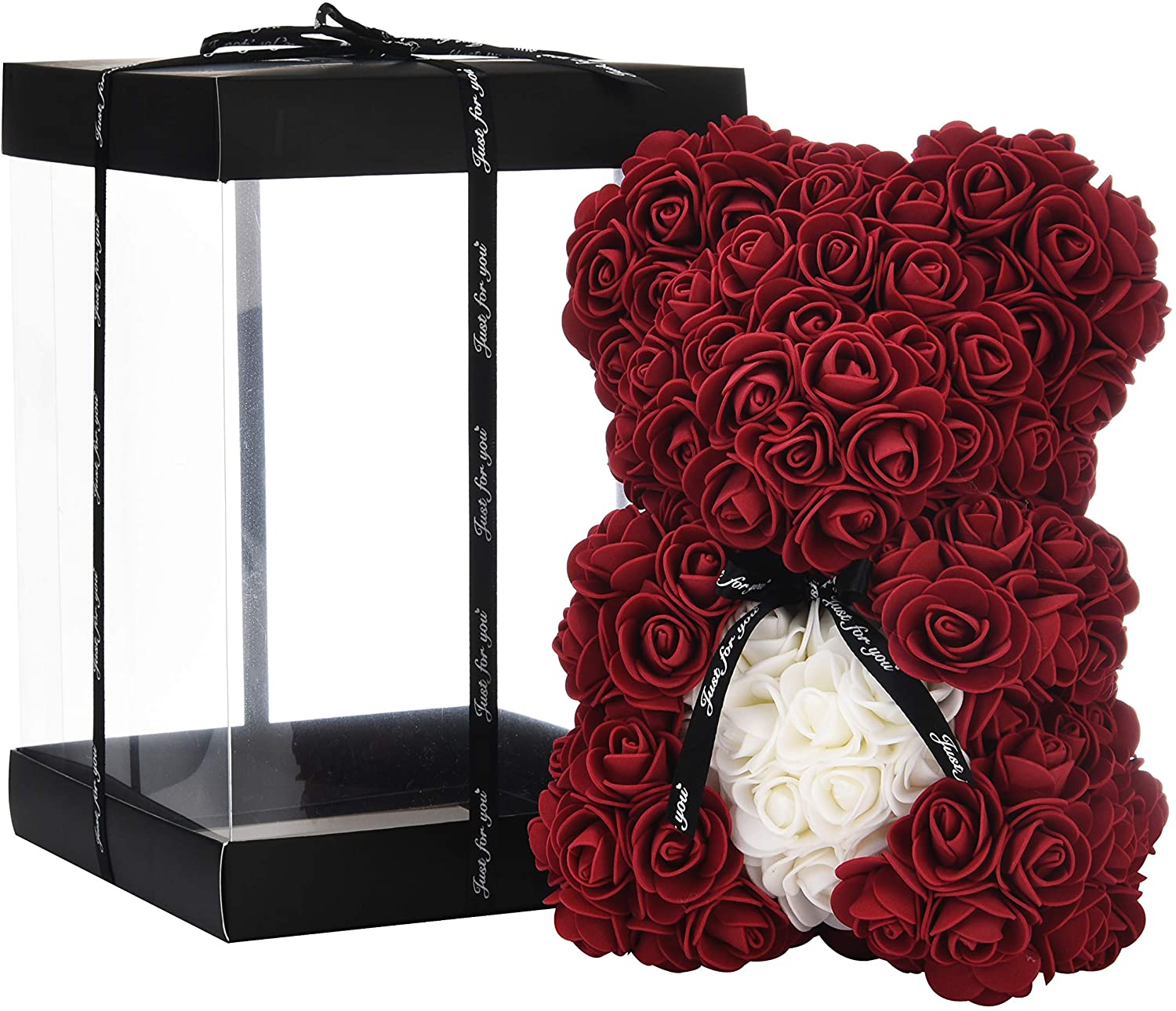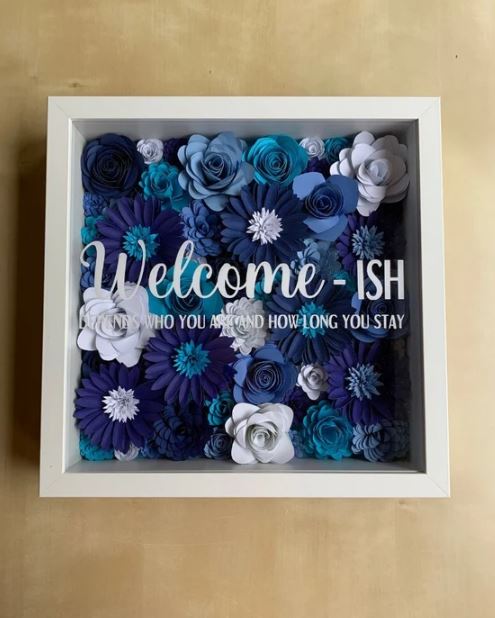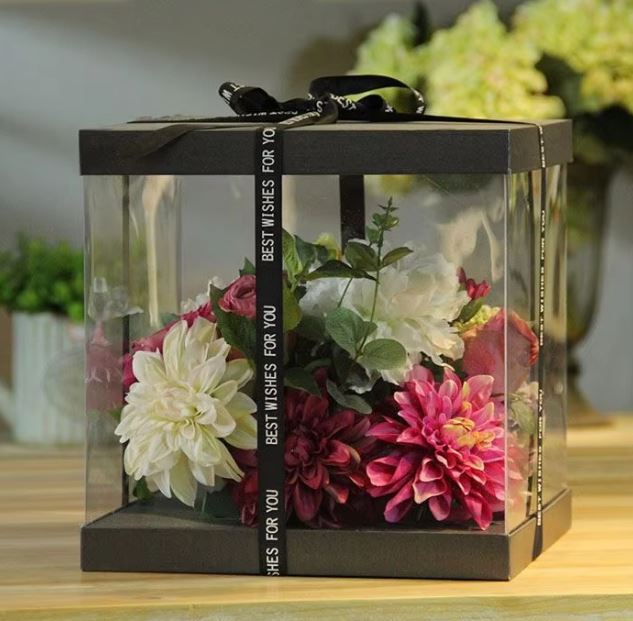- All
- Product Name
- Product Keyword
- Product Model
- Product Summary
- Product Description
- Multi Field Search
Views: 199 Author: XianDa Publish Time: 2024-12-23 Origin: Site

Content Menu
● What Do I Line My Flower Box With?
>> 4. Burlap
>> 2. Repurposed Plastic Containers
● Expert Tips for Lining Flower Boxes
● The Flower Factory Connection
● Video Tutorial: How to Line a Flower Box
When it comes to creating beautiful flower boxes, one crucial aspect that often gets overlooked is the lining. Proper lining not only protects your flower box but also ensures optimal growing conditions for your plants. In this comprehensive guide, we'll explore various options for lining your flower box, discuss their pros and cons, and provide expert tips to help you make the best choice for your gardening needs.
Before diving into the different lining materials, it's essential to understand why lining your flower box is important:
1. Protection: Lining helps protect the box material from moisture, preventing rot and extending its lifespan.
2. Drainage: A proper liner ensures good drainage, preventing waterlogging and root rot.
3. Insulation: Some liners provide insulation, protecting plant roots from temperature fluctuations.
4. Soil retention: Lining prevents soil from escaping through cracks or drainage holes.
Plastic sheeting is one of the most common and versatile options for lining flower boxes[1][2].
Pros:
- Waterproof
- Durable
- Inexpensive
- Easy to cut and shape
Cons:
- Not environmentally friendly
- May degrade over time in direct sunlight
How to use:
1. Measure the inside of your flower box
2. Cut the plastic sheeting to size, leaving extra for overlap
3. Line the box, folding the corners neatly
4. Punch drainage holes in the bottom
Plastic sheeting lining


Landscape fabric is a breathable material that allows water to pass through while preventing soil loss[2].
Pros:
- Allows water drainage
- Prevents soil erosion
- Durable and long-lasting
Cons:
- More expensive than plastic
- May be difficult to shape in corners
How to use:
1. Cut the fabric to size
2. Line the box, overlapping seams
3. Secure with staples or adhesive
4. Cut small slits for drainage
Landscape fabric lining
Coconut coir is an eco-friendly option made from coconut husks[1].
Pros:
- Biodegradable
- Excellent water retention
- Provides insulation
Cons:
- May decompose over time
- Can be more expensive
How to use:
1. Purchase pre-formed coir liners or sheets
2. Cut to size if using sheets
3. Place in the flower box
4. Moisten before adding soil
Coconut coir lining
Burlap is a natural, biodegradable material that can be used as a liner[2].
Pros:
- Eco-friendly
- Allows air and water circulation
- Inexpensive
Cons:
- May decompose quickly
- Not as durable as synthetic options
How to use:
1. Cut burlap to size
2. Line the box, overlapping edges
3. Secure with staples or adhesive
4. Add a layer of plastic for extra protection if desired
Burlap lining
High-density polyethylene (HDPE) liners are a commercial-grade option for long-lasting protection[3].
Pros:
- Extremely durable
- UV resistant
- Long lifespan (up to 100 years)
Cons:
- More expensive
- May be overkill for small home projects
How to use:
1. Purchase pre-cut HDPE liner or sheet
2. Measure and cut if necessary
3. Line the box, ensuring a snug fit
4. Drill drainage holes if not pre-made
HDPE liner


For those who prefer a more hands-on approach or want to save money, there are several DIY lining options:
Using newspaper or cardboard as a liner is an eco-friendly and cost-effective option[9].
Pros:
- Free or very low cost
- Biodegradable
- Helps retain moisture
Cons:
- Breaks down quickly
- May not provide long-term protection
How to use:
1. Layer several sheets of newspaper or cardboard
2. Line the box, overlapping edges
3. Moisten slightly before adding soil
4. Replace as needed (usually annually)
Newspaper lining
Using old plastic containers or pots as liners is an excellent way to recycle and protect your flower box[2].
Pros:
- Recycling-friendly
- Free
- Provides good drainage
Cons:
- May not fit perfectly
- Limited by available containers
How to use:
1. Clean and sanitize old plastic containers
2. Arrange them inside the flower box
3. Fill gaps with smaller containers or filler material
4. Ensure drainage holes are aligned
Repurposed container lining
1. Drainage is key: Regardless of the lining material, ensure proper drainage by adding holes or slits to prevent waterlogging.
2. Consider the climate: Choose a lining material that suits your local weather conditions. For example, in hot climates, a moisture-retaining liner like coconut coir may be beneficial.
3. Match the liner to the box material: For wooden boxes, use a waterproof liner to prevent rot. For metal boxes, consider a liner that provides insulation.
4. Layer your liners: Combine different materials for optimal results. For example, use a layer of plastic sheeting for waterproofing, followed by landscape fabric for soil retention.
5. Regular maintenance: Inspect your liners annually and replace them as needed to ensure continued protection for your flower box.
While discussing flower box liners, it's worth mentioning the importance of quality flowers to fill your beautifully lined boxes. The Flower Factory, a renowned florist, can provide stunning blooms to complement your DIY gardening efforts[4][10][11].
The Flower Factory, located in Wichita, Kansas, specializes in creating beautiful floral arrangements for various occasions, including weddings and special events[4]. While they may not directly sell flower box liners, their expertise in floral care can be valuable when selecting plants for your lined flower boxes.
Consider visiting The Flower Factory for:
1. Expert advice on flower selection for your boxes
2. High-quality plants and flowers to fill your lined containers
3. Inspiration for creative floral arrangements in your garden
Flower Factory arrangement
For a visual guide on lining your flower box, check out this helpful video tutorial:
This video demonstrates two different methods for lining planters, providing practical tips and techniques you can apply to your flower boxes[8].
Choosing the right liner for your flower box is crucial for the health of your plants and the longevity of your container. Whether you opt for a commercial product like plastic sheeting or HDPE liner, or prefer a DIY approach with newspaper or repurposed containers, the key is to ensure proper drainage and protection.
Remember to consider factors such as climate, box material, and the types of plants you'll be growing when selecting your liner. And don't forget to visit local resources like The Flower Factory for expert advice and beautiful blooms to fill your newly lined flower boxes.
By taking the time to properly line your flower box, you're setting the stage for a thriving, beautiful garden that will bring joy for seasons to come.
1. Q: How often should I replace the liner in my flower box?
A: The frequency of replacement depends on the material used. Plastic liners may last several years, while biodegradable options like newspaper or burlap may need annual replacement. Inspect your liner regularly and replace it when you notice signs of degradation.
2. Q: Can I use plastic bags as a liner for my flower box?
A: While plastic bags can be used as a temporary solution, they're not ideal for long-term use. They may not provide adequate drainage and can degrade quickly when exposed to sunlight. It's better to use materials specifically designed for garden use.
3. Q: Is it necessary to line a metal flower box?
A: While metal flower boxes are naturally resistant to rot, lining them can provide additional benefits such as insulation and improved water retention. A liner can also prevent soil from staining the metal or leaching through small gaps.
4. Q: What's the best liner for wooden flower boxes?
A: For wooden flower boxes, a waterproof liner like plastic sheeting or HDPE is recommended to prevent moisture from rotting the wood. Adding a layer of landscape fabric over the plastic can improve drainage and soil retention.
5. Q: How can I ensure proper drainage when using a solid liner like plastic sheeting?
A: When using a solid liner, be sure to puncture or cut several small holes in the bottom for drainage. You can also add a layer of gravel or small stones at the bottom of the box before adding soil to improve drainage.
Citations:
[1] https://ehomemart.com/blogs/news/what-do-you-line-planter-boxes-with
[2] https://www.primrose.co.uk/blog/garden-advice/how-to-line-a-planter/
[3] https://www.profabricsupply.com/products/lining-material-for-planter-boxes
[4] https://www.weddingwire.com/biz/flower-factory-flowers-wichita/0fa8df574f66fbf8.html
[5] https://www.whiteflowerfarm.com
[6] https://ministryofscent.com/products/kerosene-fragrances-dirty-flower-factory
[7] https://www.bobswoodstuff.com/articles/do-planter-boxes-need-to-be-lined
[8] https://www.youtube.com/watch?v=7ScaqhowfYI
[9] https://www.yardcouture.com/blog/container-gardening-what-is-the-best-lining-to-use-/
[10] https://www.yelp.com/biz/the-flower-factory-wichita-2
[11] https://theflowerfactory.com/products/flowing-garden-arrangement-prd-s31-4508
[12] https://www.ff-plus.com/gift_items.php
[13] https://www.theknot.com/marketplace/the-flower-factory-wichita-ks-399603